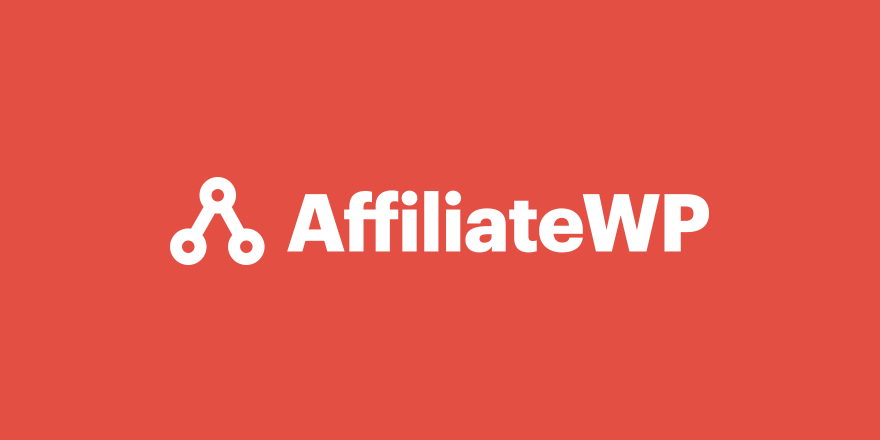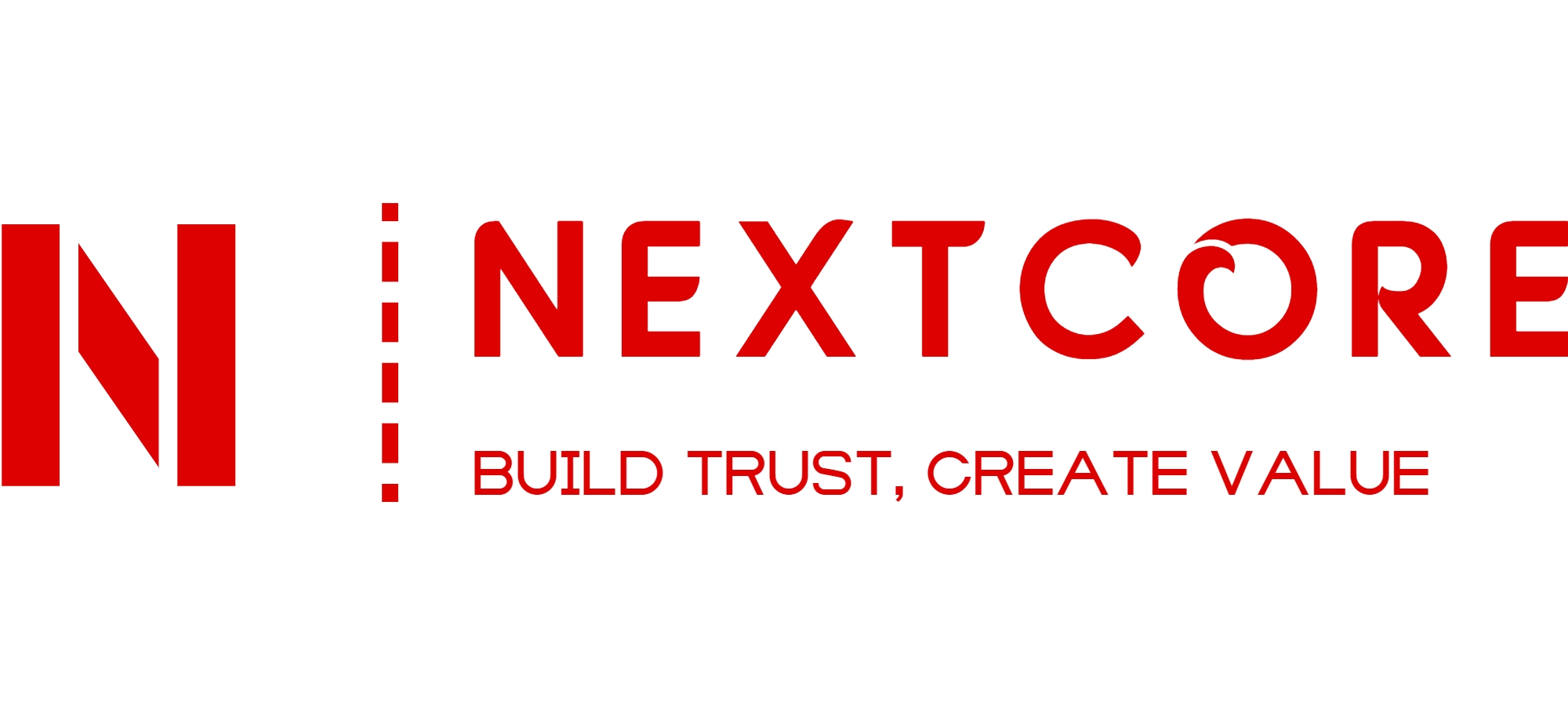Affiliate marketing is a marketing method in which a business rewards one or more individuals (known as "affiliates") for referring customers to their products or services through marketing links.
2. How it works: The affiliate marketing process typically involves three main parties:
- Merchant: The business that provides the product or service.
- Affiliate: The individual or organization that promotes the merchant's product to earn a commission.
- Customer: The end consumer who purchases the product or service through the affiliate's link.
The process works as follows:
- The affiliate creates promotional content (such as articles, videos, websites, etc.) and includes a link to the product or service.
- When a customer clicks on the link and makes a purchase, the affiliate earns a commission from the merchant.
3. Benefits:
- For the merchant: It increases market reach without large upfront advertising costs. The merchant only pays commissions when there is actual revenue.
- For the affiliate: The affiliate has the opportunity to earn money by promoting products without owning the products. They can even work remotely and have flexible working hours.
- For the customer: Customers have more choices of products and services and often get authentic reviews from affiliates.
4. Payment Models: There are several payment models in affiliate marketing, including:
- Pay-per-click (PPC): The affiliate earns a commission for each click on the link.
- Pay-per-sale (PPS): The affiliate earns a commission when a successful transaction is made.
- Pay-per-lead (PPL): The affiliate earns a commission when a customer takes a specific action (e.g., signing up for an email list).
5. Tools and Platforms: There are several well-known affiliate marketing platforms such as Amazon Associates, ShareASale, ClickBank, and CJ Affiliate, which provide tools to track performance and manage campaigns.



